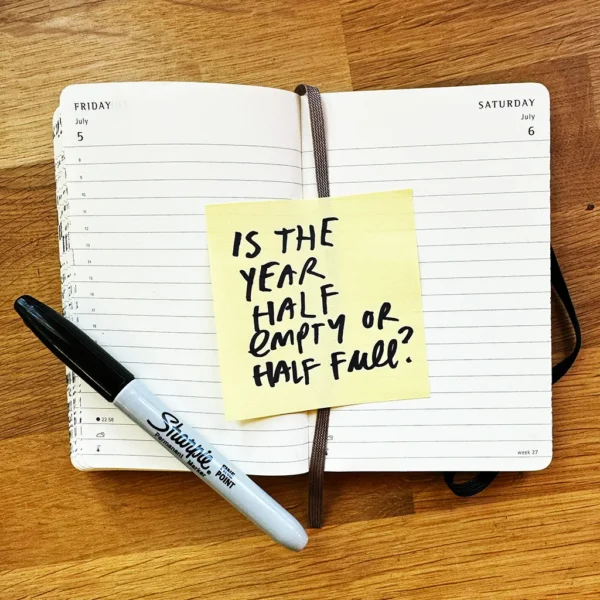Today’s newsletter begins:
Like many book nerds, I got sucked into the NYTimes list of 100 Best Books of the 21st Century. I am with Paul Ford that “Why Wasn’t I Consulted?” is the fundamental question of the internet, and so a list like this one is bound to get big clicks…
One thing that struck me is that only two (great) comics made the list — Alison Bechdel’s Fun Home (2006) and Marjane Satrapi’s Persepolis(2004).
I thought it might be fun for me to list a few more books from this century that have pictures and words that have made a big impact on me in the past 24 years…
No paywall today so you can read the whole thing here.






